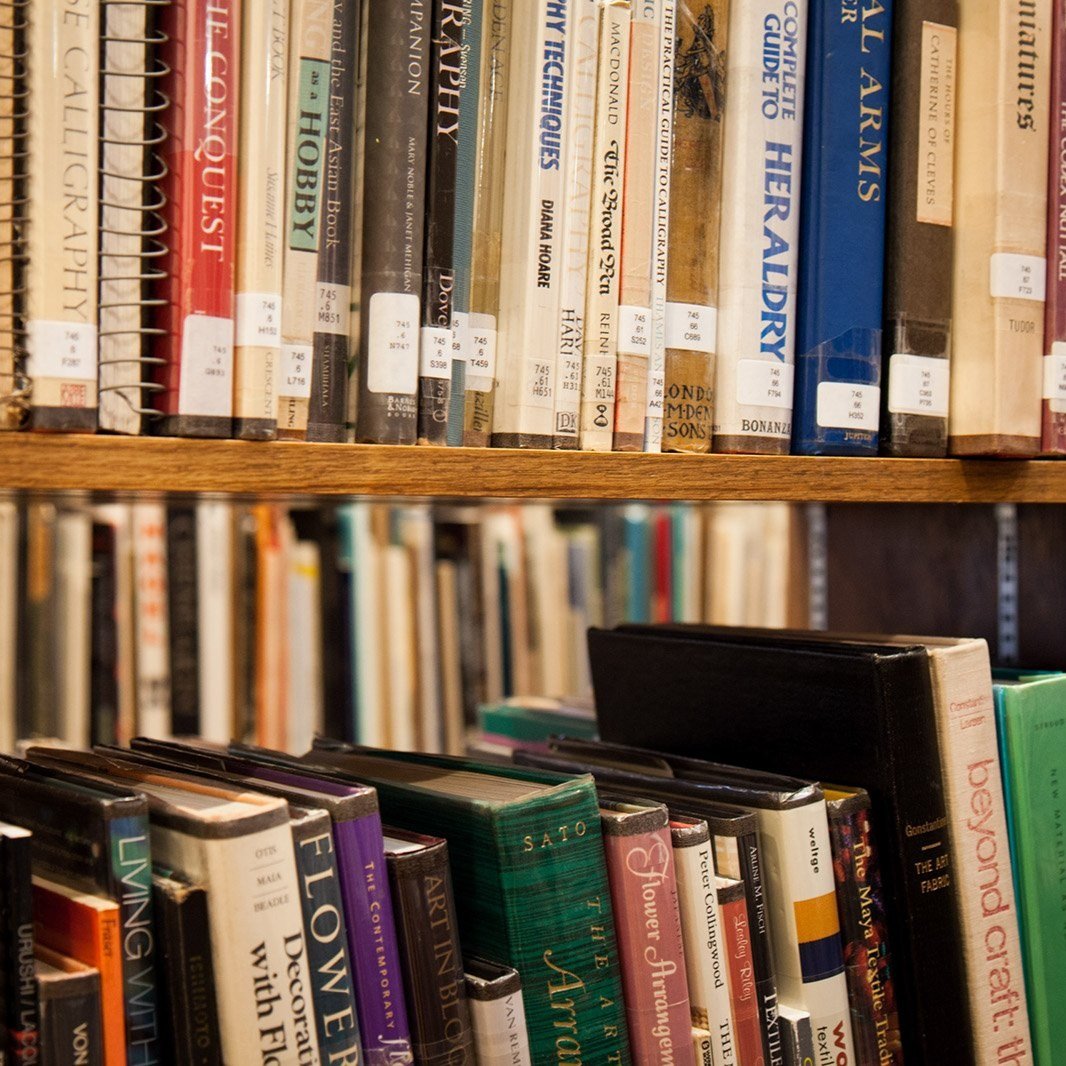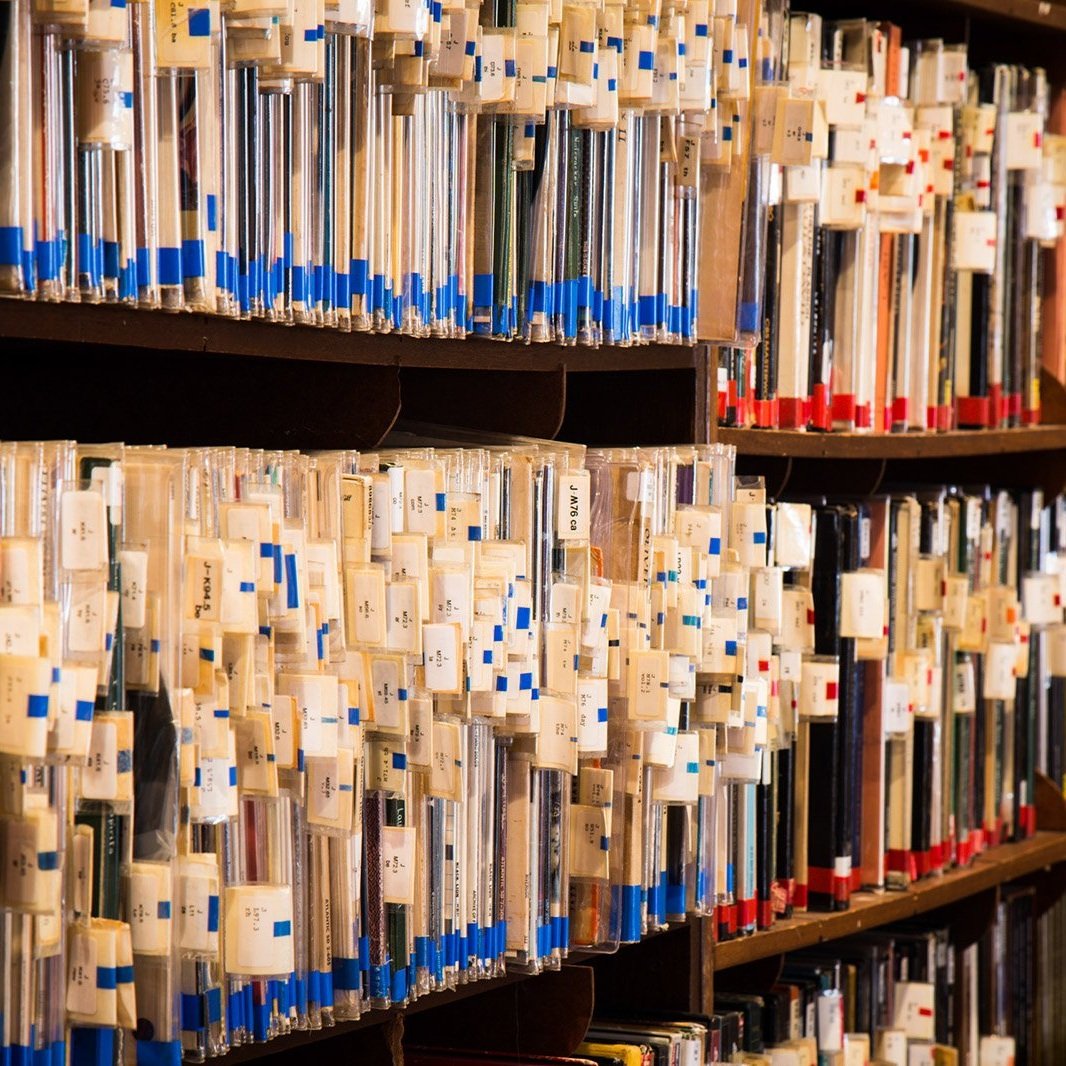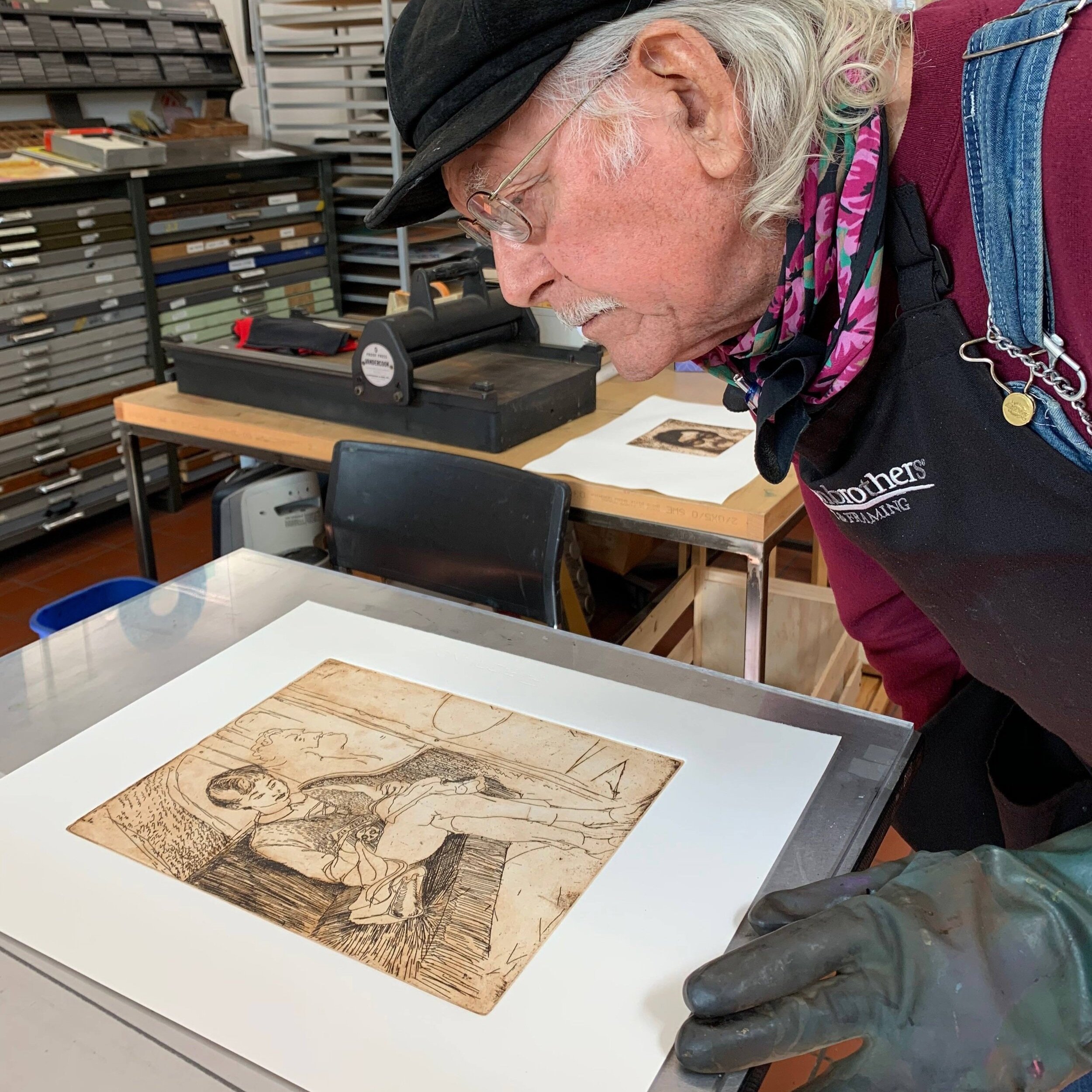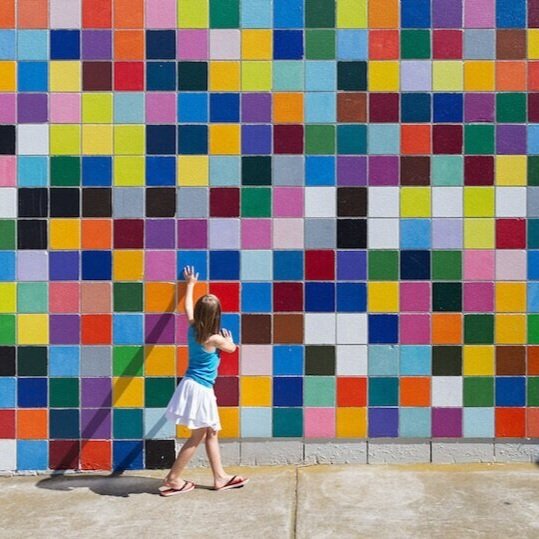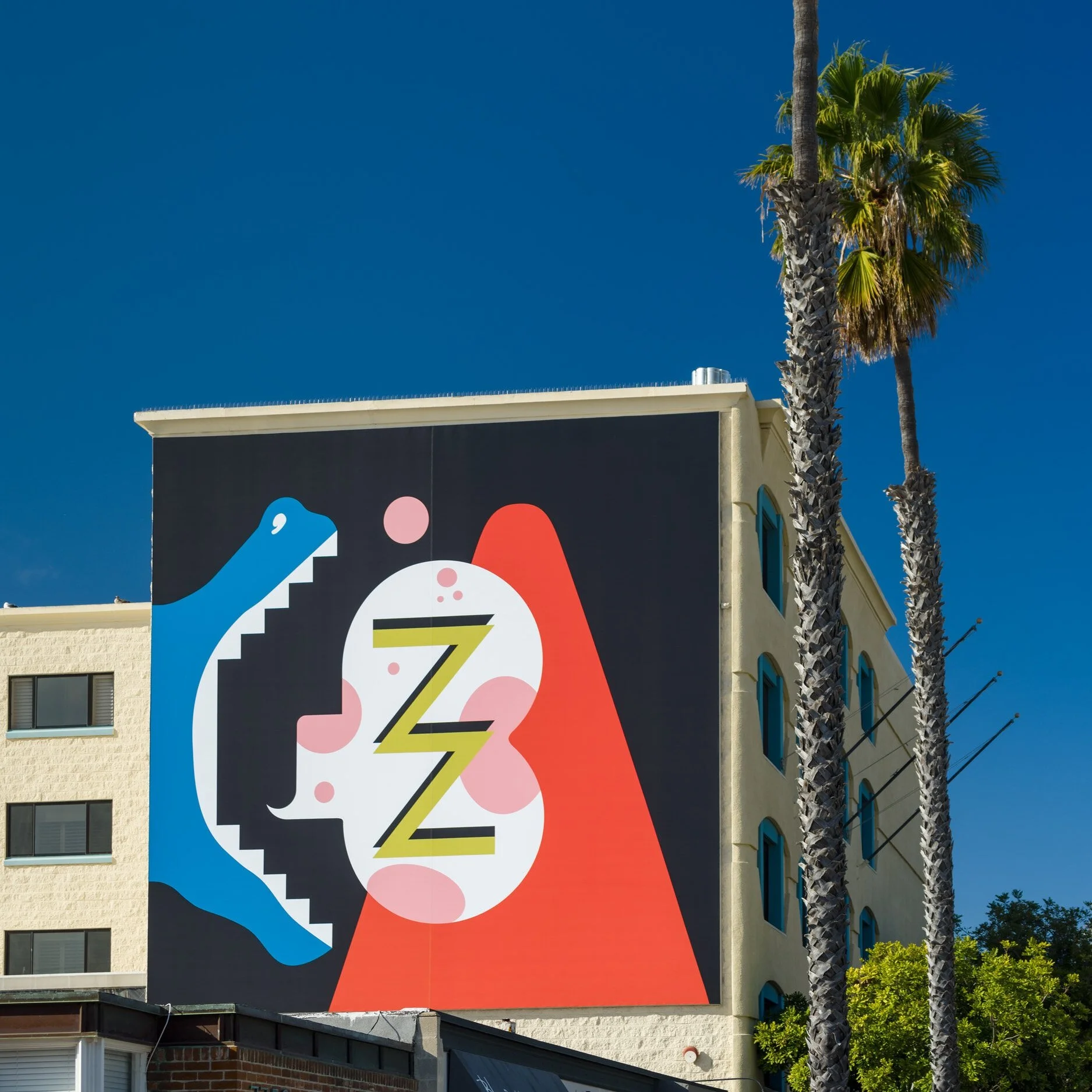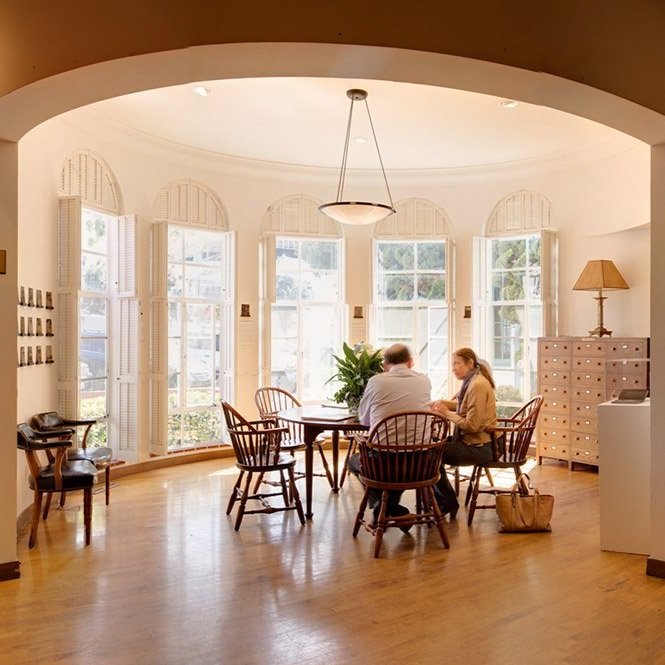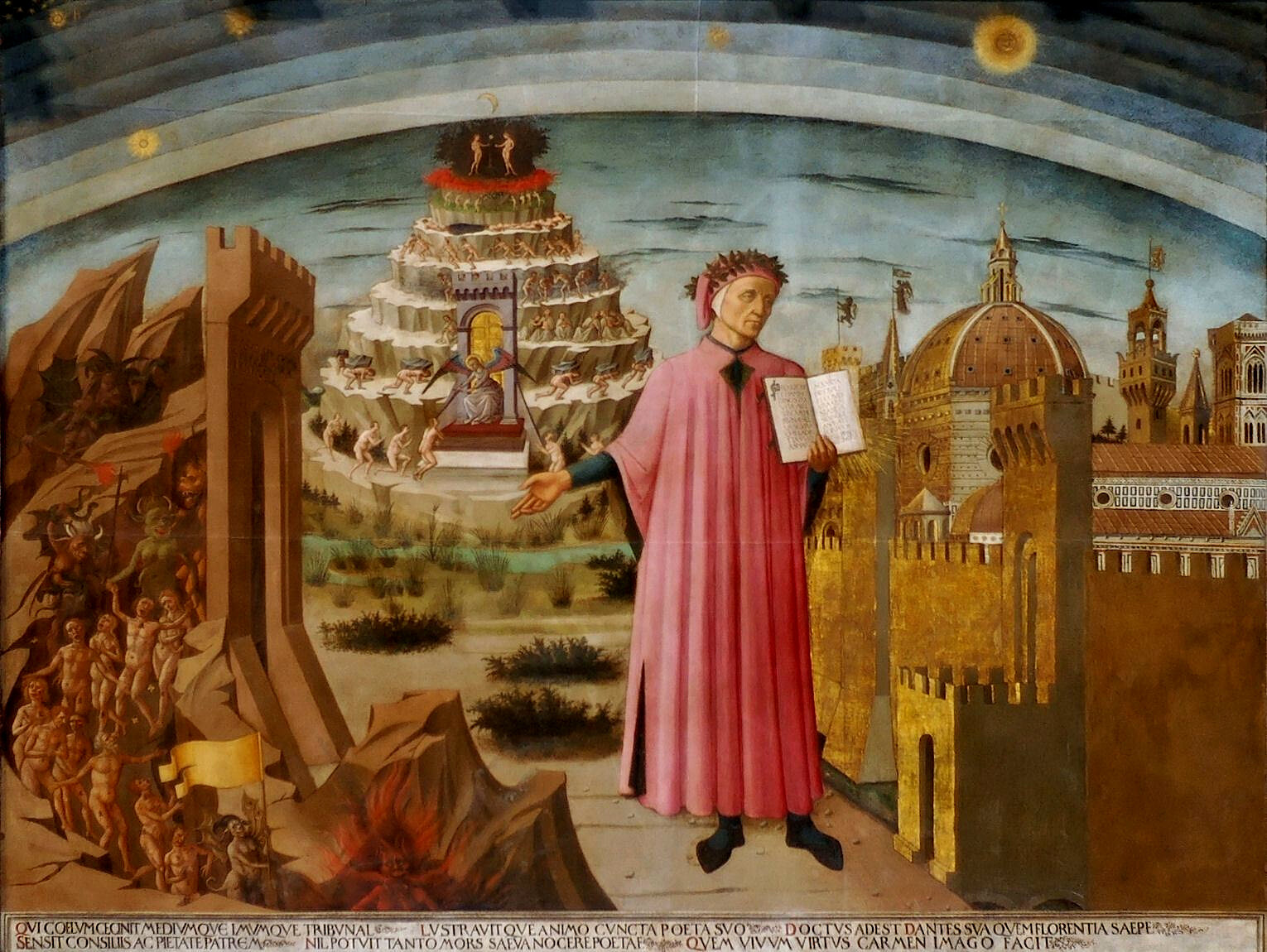Diaghilev: The Despot (1919–1929)
Tuesday, October 18, 2022
7:30 PM
Diaghilev conceived of music, choreography, set design, and costume as equal, integral aspects of the ballet, and he commissioned many great composers, choreographers, and artists to create original works for the Ballets Russes. In its 20-year history, the company could boast of an illustrious, international “Who’s Who” of collaborators, elevating ballet to a new height in the cultural hierarchy. Ruthless and dictatorial, Diaghilev persevered in realizing his artistic vision, until, debilitated by diabetes, he died in Venice in 1929.





